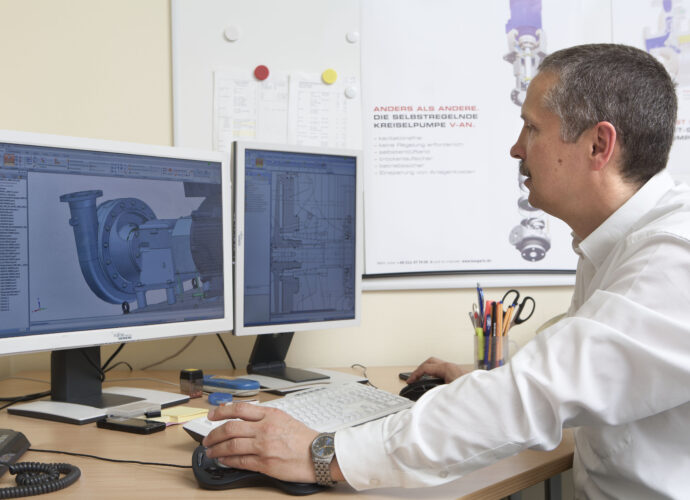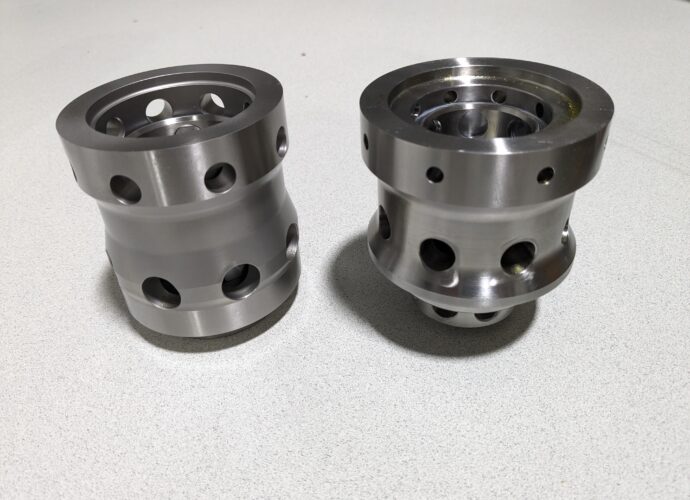Urea is one of the world’s most important and widely produced chemicals—production volumes total about 200 tons per year. Daily, we work with a myriad of applications for various mediums, and one of the most important versatile chemicals is urea.
Urea is used in many areas of daily life
Urea is used in a number fields, including fertilizers, medical applications, and even in food production.
- Nitrogen fertilizer – is based on urea and used to maximize crops to feed the growing world
- Reduction of pollutants – Exhaust aftertreatment in internal combustion engines and industrial plants – urea injected into the exhaust gas stream (AdBlue®) reduces toxic nitrogen oxides
- Chemical industry urea is the base material of many manufacturing processes (for example, melamine, glues, resins and binders for the wood industry)
- Additional uses include: Additive in feed, substitute for road salt, stabilizer in food or moisturizer in cosmetics
From fertilizer plants, steel mills, spunlace applications, to water blast cleaning and Co2 extraction of coffee/tea and hops, Uraca pumps can be found making our lives better, safer, healthier, cleaner and more productive. Our Uraca team just doesn’t build the best pumps, they build machines to help improve our lives every day.

High pressure pumps for urea production
In order to make UAN fertilizer, the process requires high pressure ammonia and carbamate. The pressure is often provided by Uraca’s highly efficient and reliable pumps. For over 6 decades, Uraca pumps have been active pumping ammonia and carbamate to safely satisfy the demands of UAN producers world-wide and meet the requirements of these critical chemicals.
The manufacturing process
For the production process of technical urea, ammonia and carbon dioxide are used in the so-called Haber-Bosch process. In a high pressure reactor, the ammonia reacts with the carbon dioxide in an exothermic reaction to form ammonium carbamate. Carbamate represents an intermediate stage in the manufacturing process and reacts endothermically to urea and water in a further process step.
Requirements of urea production
In order to press ammonia and the intermediate carbamate into the reactor, high pressure is necessary. The high-pressure pumps must deliver operating pressures of 140 to 240 bar. At the same time, large plants require ammoniac flow rates of 2,000 liters per minute or higher.
The pumps work in hard 24-hour continuous operation and require maintenance for long periods of time. Carbamate is very aggressive and corrosive. High process temperature up to is required to keep the carbamate in a liquid state of aggregation. Crystallation of the process media in the sealing area of the liquid end must be avoided at all cost.
The design of the ammonia pump must take into account the special properties of a liquefied gas. Liquid ammonia has poor lubricating properties and has higher compressibility than water. Operational reliability is extremely important. When ammonia is released, a huge volume of gas is created, displacing oxygen and freezing the surroundings. This represents an extreme risk to all persons in the immediate vicinity.











